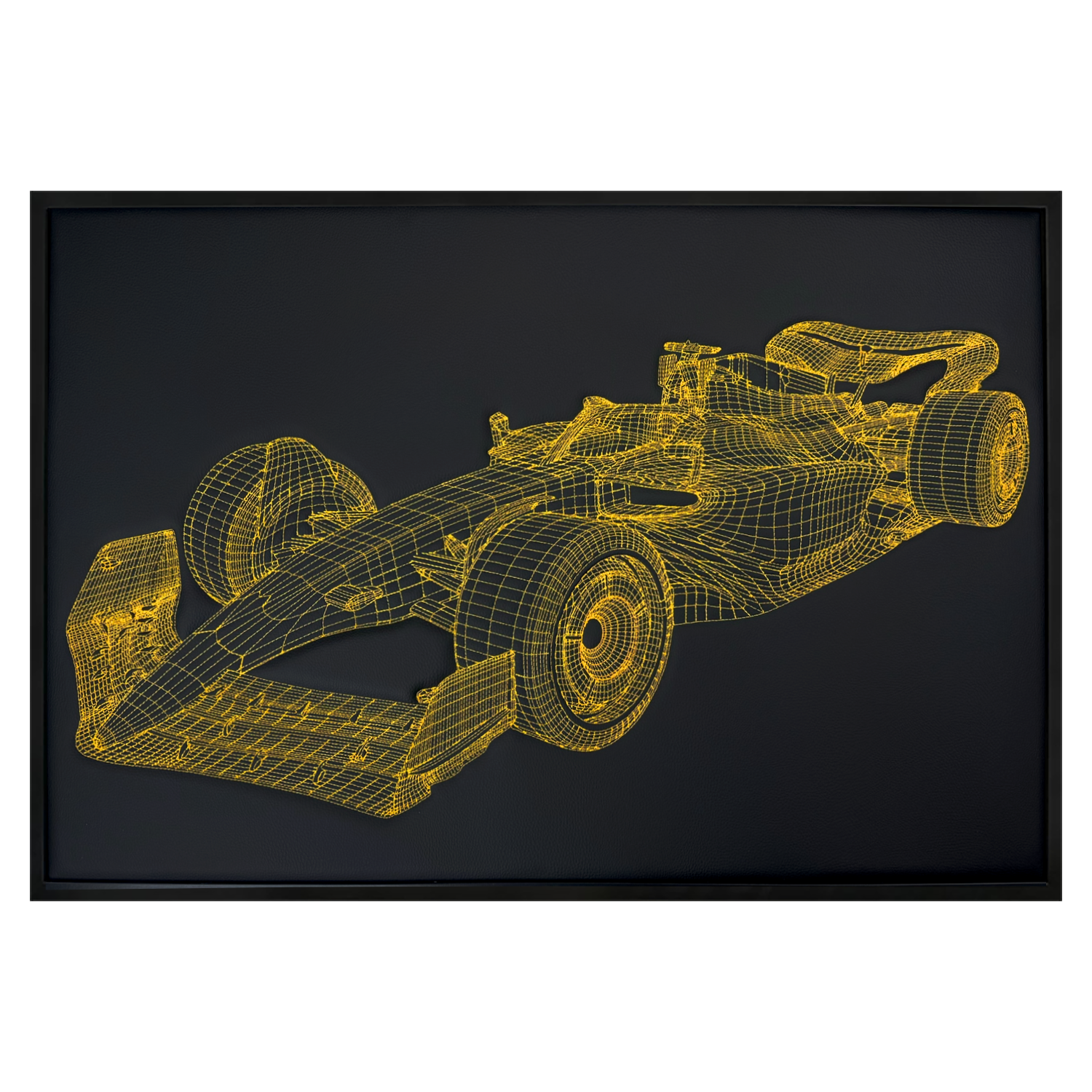Toyota’s Iconic Logo: A Symbol of Global Innovation
I’ve lost count of the number of press cars I’ve returned with bug-splattered noses, but the one badge that always cleans up to a mirror shine is the Toyota logo. Those three interlocking ovals aren’t just an emblem—they’re a calling card. On a rain-soaked Corolla commute or strapped to the grille of a Land Cruiser halfway up a muddy trail, the Toyota logo carries a quiet confidence. You see it, and you know exactly what you’re getting.

The Toyota Logo, Decoded: The Power of Three Ovals
From a distance it’s serene. Up close, it’s cleverly layered. The Toyota logo’s three ovals are a neat bit of design engineering—simple enough for a child to draw, rich enough to carry a company’s ethos.
- The inner ovals: Overlap them and you’ll spot a stylized “T” for Toyota. Tilt your head and you’ll also see a steering wheel—neat shorthand for the brand’s core business and its human focus: driver and machine in sync.
- The outer oval: It wraps the pair like a protective ring. Toyota describes it as the brand’s embrace of the world—global reach and unity. It also hints at the relationship between customer and company, sealed by trust.
What the Toyota Logo Says About the Brand
Quality and Reliability, Right in the Lines
When I tried it on rough roads—in everything from a RAV4 Hybrid to an old 4Runner—the takeaway’s the same: tough, unflustered, dependable. The logo’s precise symmetry mirrors that reputation. It’s like Toyota’s way of promising your school run or ski weekend won’t end on a flatbed.
Innovation and Technology, Without the Hype
The steering-wheel motif isn’t accidental. From the Prius pioneering mainstream hybrids to today’s multi-electric strategy, Toyota has a habit of moving the goalposts quietly. Not flashy for the sake of it—just relentlessly engineered solutions that work in the real world.
Global Reach, Local Sense
The outer oval’s “global embrace” rings true. I’ve chatted with owners from Phoenix to Phnom Penh who all said a version of the same thing: it starts, it runs, and it doesn’t ask for much. That universal reliability is the brand’s passport.
From Toyoda to Toyota: A Short, Lived-In History
- 1937: Founded by Kiichiro Toyoda, the company spun out of a loom business with a stubborn streak for innovation.
- Why “Toyota” not “Toyoda”? In Japanese script, “Toyota” uses eight strokes—a lucky number—plus it’s snappier to say. Branding matters, even back then.
- Production Philosophy: The Toyota Production System—kaizen, just-in-time, waste-not—has been copied globally. It’s industrial poetry, if you’re into that sort of thing (I am).
- Hybrid Breakthrough: The Prius didn’t just save fuel; it rewired buyer expectations. That little badge on its nose came to stand for progress you could live with.
Toyota Logo Timeline at a Glance
| Year | Logo Milestone | What It Signifies |
|---|---|---|
| Pre-1989 | Various wordmarks | Establishing name recognition as the brand expanded globally. |
| 1989 | Three-oval emblem introduced | Customer–company bond (inner ovals) within global reach (outer oval); elegant, universal mark. |
| 2000s | Refined chrome/3D applications | Premium feel on grilles and steering wheels; stronger showroom presence. |
| 2020s | Digital-friendly flat iterations | Clean, scalable design for screens and EV era branding—same meaning, modern execution. |
Living With the Badge: Real-World Notes
Small thing, but worth mentioning: on some models the steering-wheel emblem sits a touch proud, which means it’ll catch your sleeve—ask me how I know—when you’re wiping down the interior. Chrome-finish badges also show micro-scratches if you’re too enthusiastic with a rough cloth. Use a soft microfiber and a gentle cleaner and you’ll keep that oval gleaming longer than your resolve to skip the drive-thru.
Protecting Your Toyota’s Interior: Floor Mats by AutoWin
Logos get the glory, but floors do the dirty work. If you live where it rains, snows, or children exist, good mats are non-negotiable. I’ve tested plenty; a tailored set is the way to go for coverage and sanity.

Why I Rate AutoWin Mats for Your Toyota
- Exact fit: Precision-cut for specific models means no bunching under pedals and no annoying gaps that trap gravel.
- Durable materials: Built to handle daily abuse—mud, coffee, the odd melted snowball—then clean up quickly.
- Your style, your call: Colors and textures to match everything from a rugged 4Runner to a sleek Camry XSE.
- Looks that last: They don’t just protect; they freshen up tired cabins and make the whole car feel newer.

Conclusion: The Toyota Logo Still Means What Matters
Even after decades in this job, I notice the same thing: park a Toyota anywhere—from a valet line in Miami to a windswept trailhead—and the badge reads as a promise. The Toyota logo distills quality, innovation, and global reach into three calm ovals. It’s design with purpose, not noise. And if you want your cabin to look as composed as that emblem, a tailored set of AutoWin mats is a smart, everyday upgrade.
FAQs: Toyota Logo Questions, Answered
What do the three ovals in the Toyota logo mean?
The two inner ovals form a stylized “T” and symbolize the relationship between customer and company; the outer oval represents global reach. The negative space stands for innovation and future potential.
When did Toyota introduce the current logo?
The three-oval emblem arrived in 1989 and has been refined in its finish and digital presentation over the years, but the core design remains unchanged.
Is it true you can spell “TOYOTA” within the logo?
Fans often point out you can find each letter hidden in the shapes. It’s a fun read, though not an official design claim—beyond the clear “T.”
Why did the company name change from Toyoda to Toyota?
“Toyota” is easier to pronounce globally and, in Japanese katakana, uses eight strokes—considered lucky. It also created a cleaner, stronger brand identity.
Does every Toyota model use the same badge?
Yes, the core emblem is consistent across the lineup, though sizes, finishes (chrome, black, or flat) and backgrounds can vary by model and trim.






















